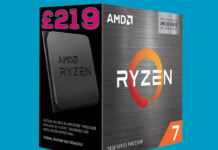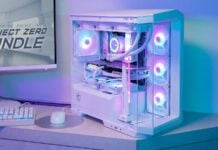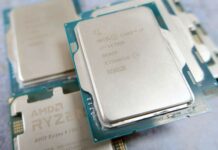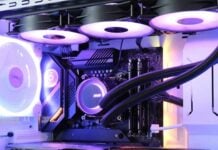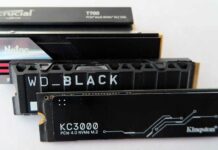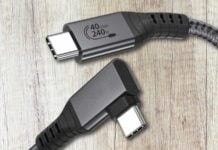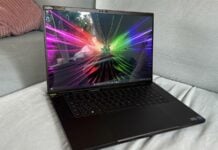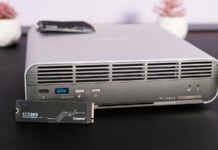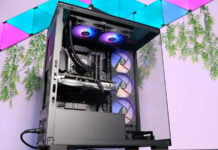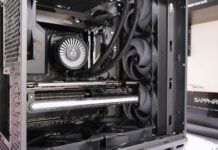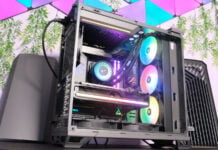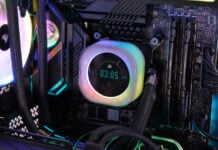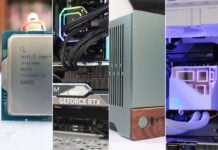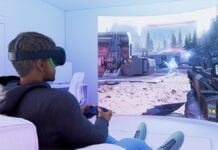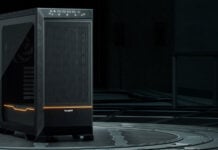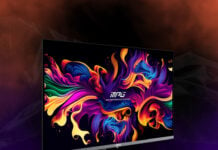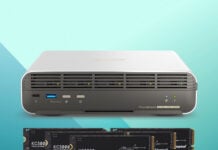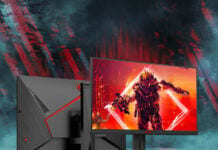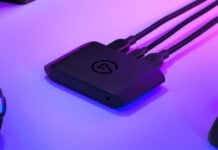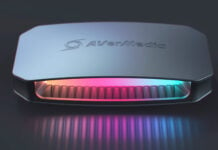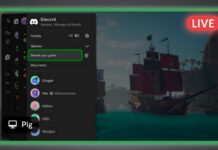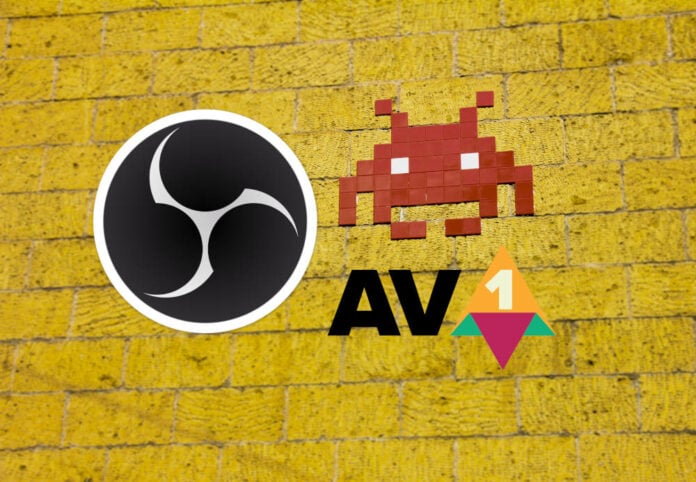
OBS (Open Broadcaster Software) has published its latest v28.1 update bringing with it AV1 hardware encoding, new recording presets, more virtual camera options, and many bug fixes.
Nvidia’s excellent NVENC video encoder is a popular choice among gamers, and the latest iteration on RTX 4000 Series cards is getting even more useful thanks to OBS’s latest update which adds the ability to encode AV1 streams through hardware, significantly easing the load on CPU.
AV1 is said to deliver equivalent or even better image quality at similar bitrates – depending on who you ask. Either way, an improvement without any pitfalls is a welcome one, and we can’t wait to see more hardware and platforms supporting it. For now, most users will use AV1 for local recording to save themselves a lot of storage space while not compromising image quality. This also means that (when supported) content creators who were stuck at 1080p resolution because of limited internet bandwidth could stream their gameplay at higher resolutions (e.g., 1440p) while utilising the same bandwidth.
To be able to hardware encode AV1 video streams you only have two choices, Nvidia RTX 4090 or Intel’s Arc series graphics cards. The former attracts a hefty premium (second-rung RTX 4080 is still a few weeks away), and the latter must iron out driver bugs. Note that at the moment OBS only supports Nvidia NVENC AV1.
If you are interested in testing this new feature without taking the risks of being an early adopter, you can download a zipped version of OBS, extract it, then create a shortcut changing the ‘Target’ by adding ‘ –portable’. This way you don’t have to install the latest version over your current stable release.
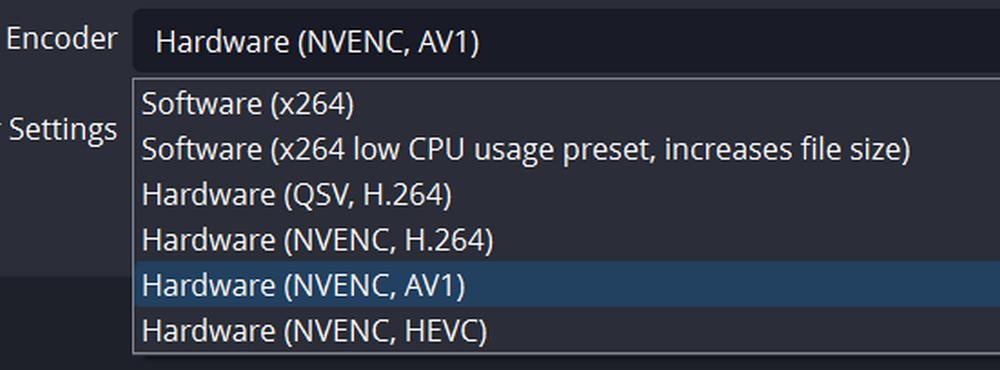
The full list of changes is as follows:
- Added NVENC AV1 hardware encoder on Windows
- Currently only works with the NV12 (OBS default) and P010 color formats
- Currently does not support the “rescale” feature in advanced output mode
- Only available for RTX 40 Series video cards from NVIDIA
- Updated NVENC presets
- Presets have been split into 3 different settings: Preset, Tuning, and Multipass mode
- Presets are now P1-P7, lower numbers being lower quality, higher numbers being higher quality. Note that higher presets may incur higher GPU usage which could impact the performance of games running simultaneously with OBS. The number of simultaneous NVENC encoding sessions may be lower when using the highest presets. OBS will automatically map your current NVENC settings to the closest preset when upgrading.
- Tuning is used to determine whether to prioritize latency or quality. It has three settings: High Quality, Low Latency, and Ultra Low Latency.
- Multipass Mode is used to determine whether a second pass is used in encoding, and has three settings: Disabled, Quarter Resolution, and Full Resolution. Enabling this will give higher quality at the cost of more GPU resource usage.
- Fixed a bug where Direct3D 9 games stopped capturing properly with game capture on Windows 11 22H2
- Moved “Always on Top” to the View menu
- You can now select a specific source for the Virtual Camera
- Fixed a crash on resolution change of Windows Virtual Camera
- Fixed a Discord crash with Windows Virtual Camera
- Fixed crashes with macOS applications loading the virtual camera
- Fixed Steam version launching x86_64 version on Apple Silicon devices
- Fixed Stats widget appearance issues
- Fixed Blend Method in Studio Mode
- Fixed case where video capture is darkened when both luma wipe and scale filtering are set









